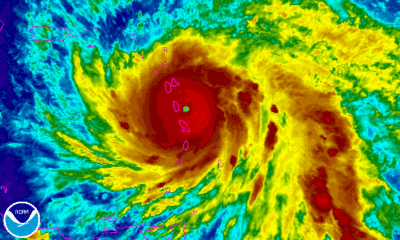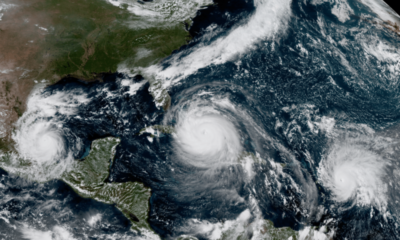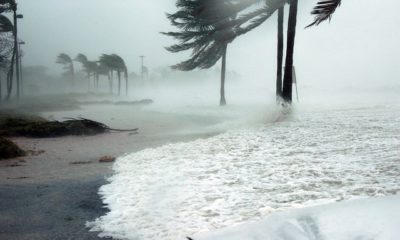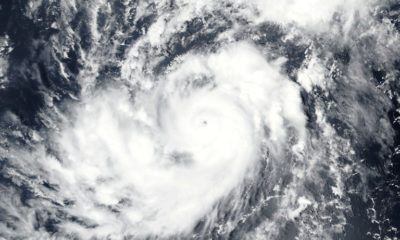The System of Rice Intensification (SRI) of growing rice has produced record-breaking crops and is slowly but surely gaining traction with farmers in India. This new method of planting this staple crop allows for less use of chemicals and saves a lot of water. There are even studies revealing that rice plants grown using the SRI method have a more extensive root system and are thus sturdier in extreme weather than those grown in the traditional method.
Raising the bar: the new agrarian revolution
One independent Indian farmer has claimed that a new record has been set by using the SRI method. His record yield approached around ten times the average yield per hectare in India. This grower from Bihar in the north of India has gathered a harvest of 22.4 tons of rice from only one hectare of rice fields. The farmer reported that he used manure made from his farm as fertilizer for the crops.
Rice is one of the most important food crops in developing countries in Asia such as India. The SRI method of planting and growing rice is lauded by many supporters and advocates as a step-up in food production. This newest agrarian revolution does not require high technological innovations such as genetic modification. This method is maximizing the productivity of local farmers using their own resources and thus fostering their independence.
The System of Rice Intensification
In the 1980s rice farmers in Madagascar first implemented the SRI method of growing rice. This method is a synthesis of rice production practices that has been observed by a Jesuit priest, Fr. Henri de Laulanie. Eventually in the 1990s, the method was made known to the world by Dr. Norman Uphoff from the Cornell International Institute for Food and Agriculture in the USA.
This process involves using organic fertilizer, and fields are weeded manually. Young plants are given much care and attention and as such they are given more than the usual space and are transplanted earlier than usual practice. Traditional rice planting involves rice plants maturing in standing water. With this method, rice plants reach maturity in drier soil. The SRI method is being widely practiced in India and since the benefits are many farmers have embraced the method.
Recognized benefits of SRI
The WBI or World Bank Institute has long backed the SRI method. And now that is has been implemented worldwide in thirty countries. Aside from producing more rice than traditional methods, the crops grown using SRI is assessed to be of a higher quality. Since the rice plants require less water and do not use chemical fertilizers at all, there is also a significant cut in planting costs. Overall production requires 50 per cent less water and 90 per cent less seed than usual. According to the WBI, “more from less” is no myth, and they often cite the trial rice paddies in Uttar Pradesh in India.
The WBI considers the SRI a novel “window of opportunity” for increasing food production as societies all around the world deal with water shortages, population growth, and climate change.
Photo Credit: Rice Paddies in India















Facebook
Twitter
Pinterest
Google+
LinkedIn
Email